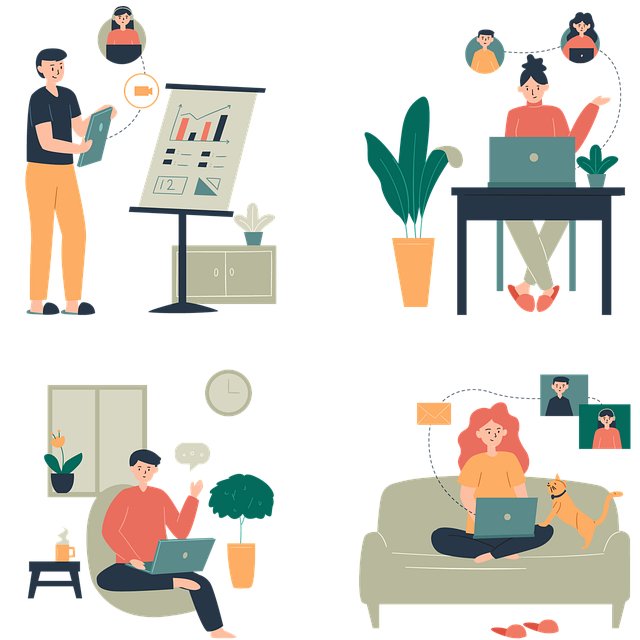Creativity and Remote Work
Guest Correspondence
SRQ DAILY
SATURDAY NOV 28, 2020 |
BY DR. LARRY THOMPSON
According to Albert Einstein, “Creativity is seeing what everyone else has seen and thinking what no one else has thought.” Little did I know that an onslaught of a global pandemic would have brought Einstein’s words to life. Creativity has helped us retain access to art and culture, certainly, but it has also been crucial to business continuity as so many of us transitioned from our traditional working environments to something that looks and feels much different.
Over the last seven months, there is no question the American workplace has changed dramatically. Many of us have relocated our offices from our physical places of work to our homes, from cubicles and corner offices to dining room tables, spare bedrooms and living rooms. Nicholas Bloom, William D. Eberle Professor of Economics in Stanford’s School of Humanities and Sciences and a senior fellow at the Stanford Institute for Economic Policy Research, credits the “working-from-home economy” with having kept the economy going through the initial lockdown phases of the pandemic. Nearly double the number of American workers are conducting business from home as from their business premises, with 42% of the U.S. labor force working full-time from home and only 26% — mostly essential workers — having returned to their businesses. Those numbers translate to more than two-thirds of the U.S. economic activity coming from employees working from home.
For all of us who have had to work at home, we have found that working remotely does not come without challenges; working remotely during a once-in-100-year pandemic comes with even more. In addition to the typical hurdles of finding dedicated working space, ensuring consistent, high-speed internet service and accessing technology support, working remotely in the COVID-19 era comes with homeschooling, sharing workspaces, severely limited socialization and stress over everyone’s health, to name a few.
Creative, out-of-the-box thinking has helped us to meet these challenges. We looked at our dining room tables, stored-away craft tables and other non-traditional spaces and found ways to make them useful as productive work environments. And many of us did that for not just ourselves, but our partners and kids, too.
We also found ways to replicate as best as we could the human aspect of interacting with colleagues that comes with working together in-person. As Harvard Business Review suggests, we launched virtual office parties, happy hours, lunches and celebratory get-togethers to strengthen relationships and remind us that we are not in the work, or this situation, alone. Or, as Marten Mickos, CEO of HackerOne, puts it, we figured out how to “create a virtual water cooler where employees can run into each other and play out their personal and human sides.”
As anyone who has shared office space knows, conflicts can arise when colleagues have differing ideas of neatness and appropriate work environments. This argument reaches a whole new level when it involves family who are also under the stress of working and learning in a non-traditional setting. Rather than reacting in anger, entrepreneur Vanessa Edwards suggests using humor to mitigate the stress of sharing working space by blaming messes on an imaginary co-worker – That Carol, she is so messy; whatever will we do about her?
Organizations have had to rethink and reimagine productivity and performance during the transition to remote work. Business and consulting firm West Monroe, which transitioned its 1,300-person workforce across seven U.S. cities to remote work in March, has focused on work flexibility and overall employee well-being to maintain productivity during the pandemic. The company maintained its connection-strengthening activities, like its annual 5K and National Day of Service, by pivoting them to remote offerings. Imagining ways to help its employees handle the stressors that have come with the pandemic, including lack of summer child care, the firm created a 2020 summer leave program that allowed employees to take three to 14 weeks of consecutive unpaid time off.
This pandemic has caused us all to unleash our creativity so we can remain productive and connected, and maintain, as best as we can, our organizational culture. It is becoming clearer each day that a full return to a pre-COVID workplace seems unlikely. Calling on our creativity will be crucial as we navigate merging traditional with new ways of working to redefine the work environment of tomorrow.
Dr. Larry Thompson is president of Ringling College of Art and Design.
« View The Saturday Nov 28, 2020 SRQ Daily Edition
« Back To SRQ Daily Archive









